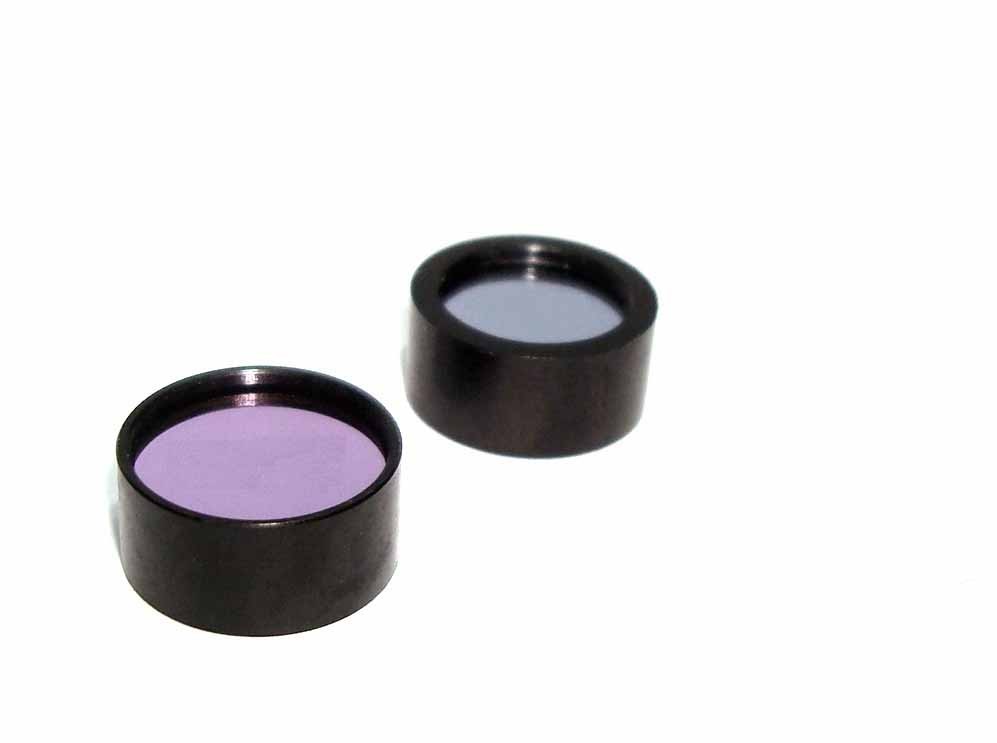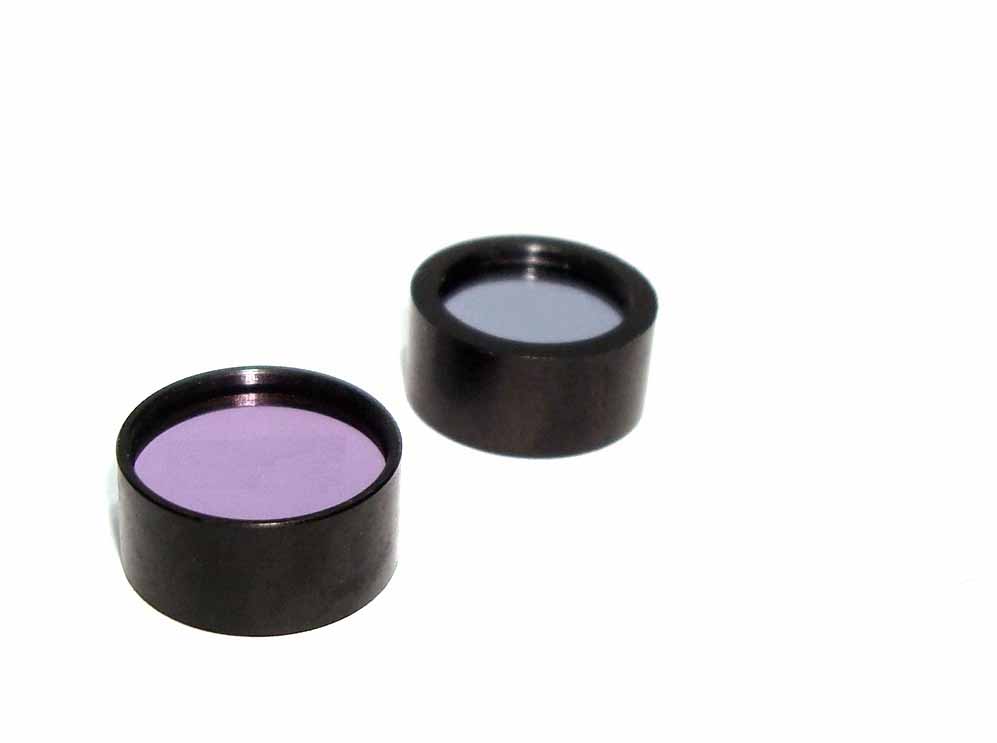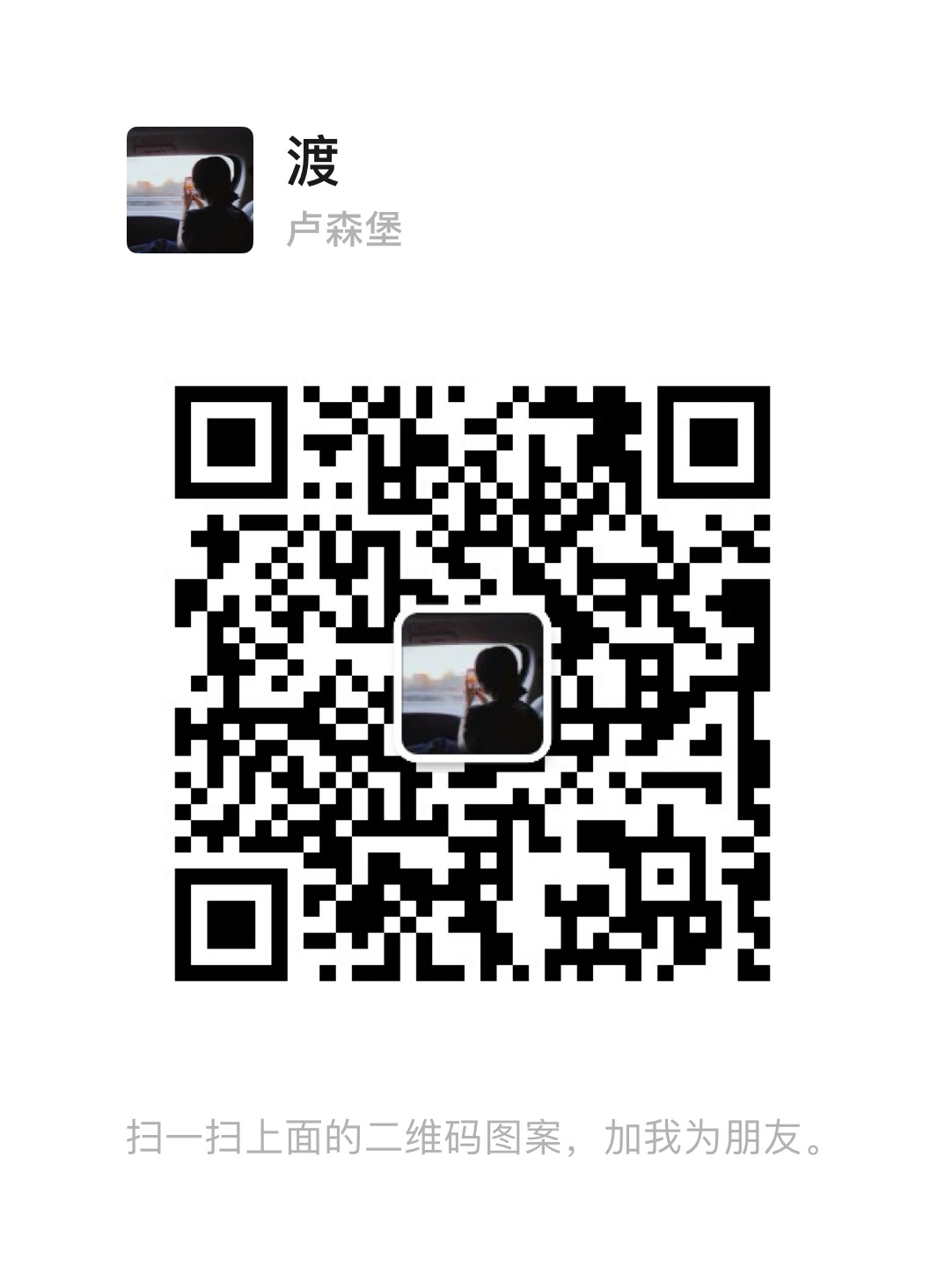ELISA Filters Wavelength Analysis
Name: ELISA Filters Wavelength Analysis
Substrate material: Optical Glass
Smoothness: 80-50 MIL-C-48497A
Clear aperture: >90%
Edge chamfer: <0.2mm
Operating temperature: -40°C /+180°C (low stress state)
Storage environment: Constant temperature ~23°C; Constant humidity <40%

The ELISA filter is developed according to the technical requirements of the national metrology verification regulations "JJG861-2007 ELISA Analyzer". The ELISA is divided into 4 transmittance filters and 4 interference filters.
Product introduction of ELISA filter:
1. The absorbance filter of the ELISA is traced back to the standard material GBW13305 visible light region transmittance standard filter. (Directly traced to the standard material, high precision, the price is much lower than the same level at home and abroad.)
2. Borisun Optical ELISA interference filter adopts high-stability narrow-band meson film technology, with high center wavelength positioning accuracy, high transmittance, and narrow half-width. It is very sensitive and accurate to use and convenient for work.
3. Their appearance is designed according to the narrow sample chamber space of the ELISA. There is a positioning device. When the ELISA plate or its base is pulled out, the filter will not move with it, meeting the requirements of repeatability detection. The ingenious appearance structure avoids stray light and meets the requirements of the regulations.
Technical indicators of enzyme labeling instrument filters:
1. The wavelength uncertainty of the fixed value device is 0.1nm (the regulations are looser and the requirements are 0.5nm), and the traceability accuracy is high.
2. Its measurement expanded uncertainty is U=0.9nm, k=2.
3. The transmittance is required to be ≥45%T; the half width is 5±2nm (the regulations require a looser requirement of 8nm), with high sensitivity, convenient, fast and accurate use.
Main market of enzyme labeling instrument filters: domestic and foreign medical equipment manufacturers and metrology inspection institutions. Borisun Optics can provide standard data or certificates, with traceability diagrams, which can be used for calibration.
4. There are 4 absorbance filters: 0.2, 0.5, 1.0, 1.5A. Uncertainty U=0.01A, k=2
5. There are 4 interference filters (can also be customized according to different user requirements): 405, 450, 492, 620nm, etc. (can also be customized according to user requirements).
The transmittance is required to be ≥45%T; the half width is 5±2nm (the regulations require a looser 8nm), with high sensitivity, convenient, fast and accurate use. Uncertainty U=0.8nm, k=2.
Main parameters of microplate reader filters:
CWL——Center wavelength, or peak wavelength;
Tpk——Center wavelength transmittance or peak transmittance;
FWHM——Wavelength width with transmittance half of peak transmittance, also known as passband half width.
The center wavelengths of conventional microplate reader filters that the company can provide are as follows:
405nm 420nm 430nm 450nm 470nm 490nm 505nm 510nm 530nm 546nm 578nm 610nm 630nm 632nm 645nm 650nm 655nm 730nm 800nm 805nm 910nm
Material: float glass/quartz/BK7
Other indicators of microplate reader filters: refer to conventional technical parameters. All indicators including center wavelength can be customized according to customer requirements.
If you are interested in this product and want to know more detailed product information, please fill in the following form to contact the manufacturer directly:
INQUIRY
CATEGORIES
LATEST NEWS
CONTACT US
Contact: Jessie
Phone: +86 13772020541
E-mail: info@borisun.com; jessie@borisun.com
Whatsapp:+86 13772020541
Add: First floor, dalanyingthermal insulation material factory, Shima Road, Hantai District, Hanzhong City, Shaanxi Province, China 723000


